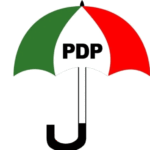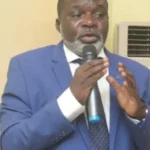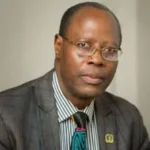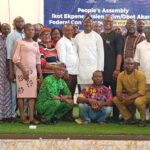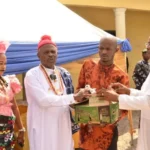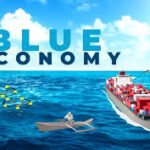By Ibukun Emiola
From ancient Ciphers used by Julius Caesar to encryption machines deployed in World War II, and modern-day online banking, these were on display at the “Secrets exhibition” at the 12th Heidelberg Laureate Forum (HLF) in Heidelberg, Germany.
The interactive exhibition at the 12th Heidelberg Laureate Forum (HLF) at the Mathematics Information Station (MAINS), Senate Hall of the Old University, Heidelberg, shows defining moments of human society
Developed by the Mathematikum in Gießen, the exhibition explores both the personal and technical aspects of secrecy, highlighting its role in trust, communication, war, and digital life.
The News Agency of Nigeria (NAN) reports that the interactive stations allow participants to test their memory of passwords, and solve riddles that reveal how well they know a partner.
It also uncover hidden pictures using mirrors, a technique that dates back to the Middle Ages.
In an interview the Head of Outreach for the HLF, Volker Gaibler, said that “Secrets” go beyond concealment to questions of human connection.
“Secrets are not just about hiding information. They are about deciding who you trust, when, and with what kind of knowledge,” he told visitors.
According to him, the exhibition also highlights milestones in the history of cryptography.
“Visitors can decode classical Caesar ciphers, experiment with Jefferson’s wheel cipher, and view a preserved SG41Z encryption machine designed in 1941 as a replacement for Germany’s Enigma device,” he said.
Gaibler noted that wartime cryptography represented a turning point in history.
“Germany relied heavily on the Enigma and later the SG41Z, but Allied cryptographers succeeded in breaking these codes. That breakthrough changed the course of the war,” he said.
While acknowledging cryptography’s “dark history” tied to warfare, Gaibler stressed that the field has since been transformed.
“Today, encryption is mathematically proven and underpins online transactions, secure communication, and digital privacy.
“Modern cryptography has moved beyond hope. Researchers can now prove how hard it is to break an encryption; whether it would take a year or a million years,” he said.
Also, a French Mathematician, Pierre Berger, from IMJ-PRG research institute in Paris, contributed an artistic dimension to the exhibition with simulations of “wild dynamics.”
According to him, his installations, blending mathematics and art, allows visitors to experience the complexity of advanced research visually and interactively.
NAN reports that the exhibition underscores how secrecy, trust, and mathematics are interwoven across history and remain vital in today’s digital world. (NAN) (www.nannews.ng)
Edited by Bayo Sekoni



